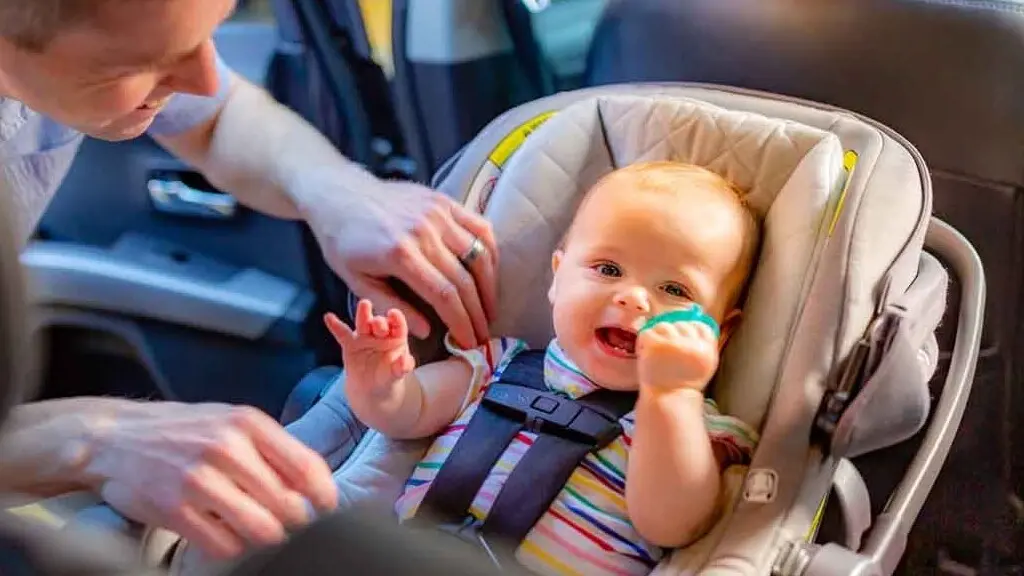When it comes to parenting, ensuring the safety and comfort of your little one is always a top priority. As a responsible parent, you might have found yourself pondering whether it’s safe to feed a baby in a car seat during a journey. It’s a common scenario that parents face, and we’re here to provide you with the most comprehensive insights on this topic.
The Convenience of Car Seats
Car seats are designed to provide a secure and comfortable environment for your baby during car rides. They are meticulously engineered to meet stringent safety standards, ensuring that your precious cargo remains protected in the event of a collision. Car seats offer the peace of mind that every parent desires while on the road.
Feed a Baby in a Car Seat
Now, let’s address the primary concern: can you safely feed your baby while they are seated in a car seat? The answer isn’t as straightforward as a simple “yes” or “no.” It depends on various factors, and we’ll delve into each of them to give you a clear understanding of this common parenting dilemma.
1. Safety First
The foremost consideration is safety. The safety of your baby is paramount, and any activity that might compromise it should be approached with caution. Feeding your baby in a car seat should only be done when the vehicle is stationary. Attempting to feed your baby while driving or even when the car is in motion is incredibly dangerous and is strongly discouraged. Distracted driving is a leading cause of accidents, and your focus should always be on the road.
2. Proper Positioning
When you decide to feed your baby in a car seat, ensure that they are in the correct position. The car seat should be securely fastened in the car, and your baby should be properly strapped in. The straps should be snug but not too tight, allowing your baby to breathe comfortably while preventing them from sliding down.
3. Avoid Bottle Propping
One common mistake parents make is propping the bottle up for the baby to feed on their own while in the car seat. This is not recommended, as it can lead to choking or aspiration if the baby is not able to control the flow of milk or formula. Always hold the bottle yourself and ensure that you maintain eye contact with your baby while feeding.
4. Monitor Comfort
Babies can be fussy eaters, and their comfort is essential. Make sure the car’s interior temperature is suitable for your baby. Avoid feeding during extreme weather conditions that might cause discomfort, such as when it’s too hot or too cold. A comfortable and relaxed baby is more likely to have a pleasant feeding experience.
5. Frequent Stops
If you’re embarking on a long journey and anticipate that your baby will need to feed, plan for frequent stops. Pull over at a safe location and attend to your baby’s feeding needs. This ensures that both you and your baby are safe and comfortable during the journey.
6. Use Proper Accessories
Invest in accessories that can make feeding your baby in a car seat more convenient. Consider a bottle holder that attaches to the car seat, allowing you to feed your baby with one hand while keeping the other on the wheel.
Conclusion
In conclusion, feeding your baby in a car seat can be done safely, but it requires careful consideration of various factors. Always prioritize your baby’s safety by ensuring the vehicle is stationary, and the car seat is properly secured. Avoid distractions and bottle propping, and maintain eye contact with your baby during feeding. Monitor their comfort and plan for frequent stops during long journeys.
